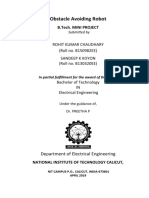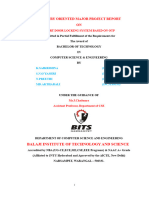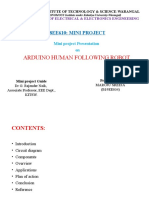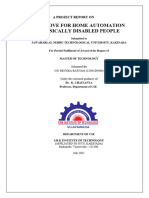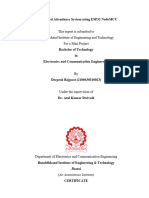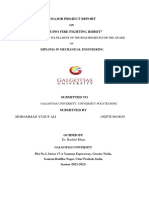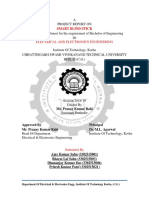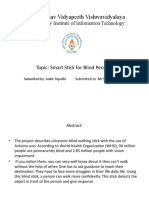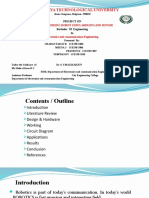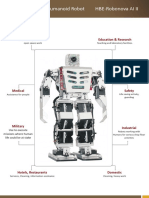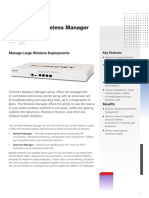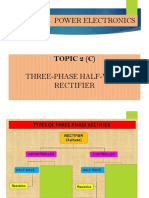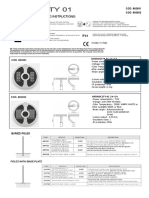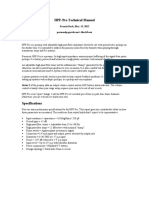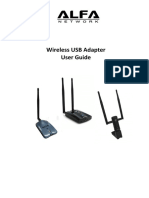0% found this document useful (0 votes)
898 views9 pagesUniversity of Engineering and Technology Lahore: Voice Control Robot & Obstacle Avoidance Project
The document describes a voice controlled robot project that uses an Arduino Uno microcontroller. The robot avoids obstacles using an ultrasonic sensor and moves according to voice commands received from a smartphone app via Bluetooth. The app converts voice to text and sends commands to the Arduino, which controls four DC motors to move the robot forward, backward, left, right or stop based on the command received. An IR sensor is also used for obstacle avoidance during backward movement.
Uploaded by
talhaCopyright
© © All Rights Reserved
We take content rights seriously. If you suspect this is your content, claim it here.
Available Formats
Download as DOCX, PDF, TXT or read online on Scribd
0% found this document useful (0 votes)
898 views9 pagesUniversity of Engineering and Technology Lahore: Voice Control Robot & Obstacle Avoidance Project
The document describes a voice controlled robot project that uses an Arduino Uno microcontroller. The robot avoids obstacles using an ultrasonic sensor and moves according to voice commands received from a smartphone app via Bluetooth. The app converts voice to text and sends commands to the Arduino, which controls four DC motors to move the robot forward, backward, left, right or stop based on the command received. An IR sensor is also used for obstacle avoidance during backward movement.
Uploaded by
talhaCopyright
© © All Rights Reserved
We take content rights seriously. If you suspect this is your content, claim it here.
Available Formats
Download as DOCX, PDF, TXT or read online on Scribd
/ 9



